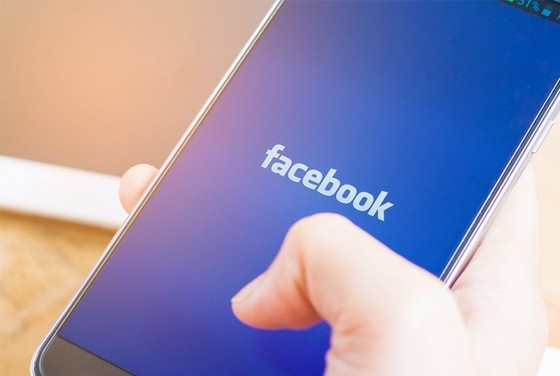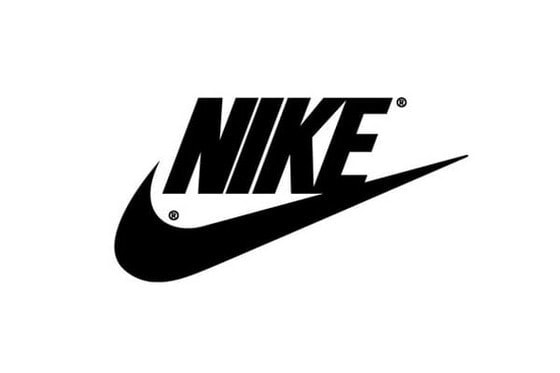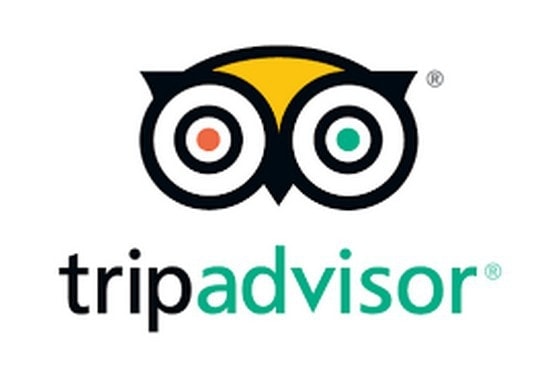Brand Statement can be defined as the proclamation of your brand ethics and features of your business highlighting the unique selling points as compared to your contemporaries in the market having the target audience at the forefront.
It encompasses each and every facet of the brand along with the brand’s mission, values, promises, and the character serving as an integral part of the branding strategy of the business.
Table of Contents
What is a Brand Statement?
A brand statement is a short, concise, and memorable phrase that describes your company. It’s the core of your business’s story, and it should be easy for anyone to understand who you are and what you do.
The best brand statements are simple and clear. They tell your story without long, convoluted sentences or overly flowery language.
Your brand statement should be easily understood by anyone who hears about your business. It should be memorable and catchy, but not so clever that it’s difficult to understand. Your brand statement is the most important thing about your company’s identity, so choose something that reflects what you do well and makes sense for your audience.
Benefits of Having a Brand Statement
- It reflects the professional reputation in the market by expressing the nature of the business, quality of goods and services offered to the customers and the assurance to constantly scaling up the expectations of the customers and stakeholders.
- It helps to culminate the factors of trust and loyalty in the minds of the customers and hence has the latent possibilities to attract more and new customers plus elevating the long-term loyalty of the current ones.
- It has the power to strive for the business and branding strategy of the company as it truly defines the values, objectives, and nature of the futuristic approach in the mind.
- It sums up every brand expression that the company wishes to curate for the customers and the market as a whole.
- Strong personal brand statements can also help attract investors who might be interested in investing money into your business because they see potential for growth due to its strong positioning within its industry niche market (target audience).
The Framework of a Brand Statement
It has the power to talk about the point of differences of the brand and how better the brand is offering high quality and benefits of merit in any similar situation, as compared to the competitors in the market.
It leads the brand identity of the company with its evidence in the name, logo, tagline, and all other market materials such as signage’s and brochures amongst others. It serves as the platform for the varied expressions of the brand in the marketplace. It illuminates the brand attributes highlighting the voice, mood, and character of the business.
The customer-centric approach of the business holds the focal point by defining the target audience, nature of the business, points of difference as compared to the competition within the fraternity, and details about the business area of operation. It realigns the idiom of the brand and what the business wishes to convey to its audience.
It can continually and constantly evolve with the changing generations, market dynamics and the progressing tastes of the customers by reinventing the wheel maintaining the core business essence. It is quite different from the brand tagline but influences each other in showcasing the brand strength and values.
The Brand Statement is projected with the cohesive voice across all the markets and media the brand wishes to target and explore.
The Brand Statement has to be derived sitting with the colleagues and the key members of the company as a team by discussing the crucial elements and attributes of the brand, offerings, target market, customer needs and requirements, competitive analysis, and pinpointing the characteristics of the goods and services offered.
How to Write a Personal Brand Statement?
A standout personal brand statement is a one-sentence description of what makes you, well, you. It’s the first step in building your personal brand and should be used to describe who you are in a way that resonates with your audience.
For example, if you’re looking to work as a content writer or editor, it might be helpful to describe yourself as someone who loves to write and has an eye for detail. Your own personal brand statement would then read something like “I am an experienced editor who loves writing and has an eye for detail.”
Once you’ve written your own personal branding statement, consider using it on your resume or LinkedIn profile. This helps potential employers understand exactly what kind of person they’re looking at when they look at your application materials—and it also helps them decide if they want to work with you!
Examples of a Good Personal Brand Statement
There are ample of companies across various industry domains that have framed and designed their Brand Statements describing their brand elements, USP’s, and target market in the most efficient manner working as a source of inspiration for many to follow. Below is the lay down of some of the effective personal Brand Statement examples by the global and renowned companies with the rationalization of the same:
1. FACEBOOK
“Bring the world closer together.”
Brand Statement Rationale: Facebook has recently changed its Brand Statement from “To give people the power to share and make the world more open and connected” from the aforementioned. It is quite noticeable that the entire world is the target audience in both the statements with the play of words such as TOGETHER and CONNECTED keeping the brand essence and attributes intact. However, the current one is more concise and precise underlining their position of the highly used social media network.
2. LINKED IN
“To connect the world’s professionals to make them more productive and successful”
Brand Statement Rationale: Linked In is one of the highly operated social network site by the professionals spread across all over the globe. They intricately segregate their target audience in the statement by harping on the word PROFESSIONALS of the world plus they also showcase the USP of their brand that it makes one more PRODUCTIVE and SUCCESSFUL by networking with like minded people, getting jobs, sharing their professional journeys through profiles, blogs, and much more. The statement is sharp and to the point.
3. Google
“To organize the world’s information and make it universally accessible and useful.”
Brand Statement Rationale: It is a known fact that our life without Google is incomplete as it is the best and highly searched engine by one and all. They aptly highlight the USP’s of their brand with the usage of the phrases such as ORGANIZE, ACCESSIBLE and USEFUL to the entire world as their target market. They sum up their brand strength, characteristics, and power in the most magnificent manner.
4. Nike
“Bring inspiration and innovation to every athlete in the world.”
“If you have a body, you are an athlete.”
Brand Statement Rationale: Nike is one of the renowned sports brands and is used by athletes and common man alike. Their Brand Statement is divided into two parts with the first one targeting to the athletes of the world highlighting the crucial factors of their products with the usage of the words such as INSPIRATION and INNOVATION at the very start. The second one targets to every person having the zeal to be an athlete by undertaking any sport of his/her choice. It conveys the message to their target market in the correct fashion.
5. Tripadvisor
“To help people around the world plan and have the perfect trip.”
Brand Statement Rationale:
With the boom of social media and digital marketing over the last decade, the world is literally at our fingertips with planning the trips at any part of the world in the easiest and convenient way. Tripadvisor is one of the famous travel portals having the users spread across the globe and their Brand Statement conveys the same showcasing that the people all across the world are their target audience plus highlighting their brand strengths with the words such as HELP and PERFECT. It also talks about the nature of their business with the word TRIP. With the correct and pertinent framing, the message is loud and clear.
A good Brand Statement not only defines your brand identity but also your business as well with the above-listed examples standing a testament to the same. Hence, it is one of the most crucial elements of any company or an organization.
Liked this post? Check out the complete series on Branding




